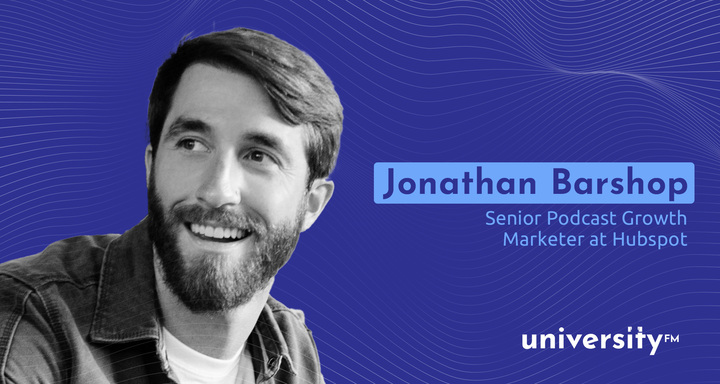
There are many factors involved in creating and understanding viral podcast content. From being in tune with audience interests to analyzing podcast metrics, podcast virality occurs as a result of good content creation and uniquely targeted marketing methods.
To understand how podcast virality works, we spoke to Carey Green, founder and CEO of Podcast Fast Track. Green gave advice on understanding the data behind viral podcasts and targeting audiences with the right content.
What does podcast virality look like?
Virality for a podcast is difficult to achieve simply because long-form audio, which most podcasts are, is not as easily shared with others as other forms of media. But I would say a podcast has “gone viral” to some degree if there is over a 30% jump in download stats at any given time. Of course, the higher that percentage, the more “viral” the show has gone.
How can podcast metrics determine viral status?
But care should be taken to ensure those are actual listeners and not simply people checking out the episode. This can be determined in large part by looking at the Podcasts Connect dashboard provided by Apple Podcasts, The Spotify podcaster’s dashboard, and Google Podcast Manager to see if the “listen time” of those downloading during that time frame is for the majority of the listenable time in those episodes, or if there are a significant number of listeners who only listen for a few minutes, then stop listening.
If so, the show hasn’t truly “gone viral,” it’s only piqued interest for some reason and failed to maintain that interest. To use a sporting analogy, the fish saw the bait, took a tiny nibble, then swam away.
It should also be said that most instances of virality are short-lived. Spikes in download statistics will be temporary in almost every case. If a podcast that has a spike in downloads as I have described retains even 10% of those who became new listeners during that “viral” time, it is doing well.
Do you have any advice on how podcasts can go viral?
My advice is that you don’t look to go viral, look to make great content that your audience will love. Discover where your ideal audience hangs out, in person or online, and go there. Interact, become known, offer help and assistance to those with questions or who have particular needs. Become known as a member of that community first, and a podcaster second. People will discover your show through your interaction with them more than they will through your self-promotional efforts.
What role does marketing play in helping a podcast go viral?
Marketing can definitely help a podcast get more attention, but it should always be done with a very targeted approach, aiming to attract the right listeners for that podcast. A marketing campaign that appeals to a broad segment of the audience will not gain many additional listeners and as a result, those marketing dollars will be wasted.
As in any space, those in higher education need to get clear on who their audience is and where those people hangout (in real life and online). Then go there, market there, interact there, be a part of that community. Trade magazines, educational journals, etc. are good places to discover who those people are and what they like.
How can podcasts retain audience attention after the viral period has ended?
Encourage your audience to share the podcast themselves. Do so in a variety of ways. There’s nothing like a first-hand testimonial from an actual listener to get someone else hooked.
If you create swag or promotional items, always include a QR code that goes to a podnews or pod.link page for your show. Make it easy for people to try out the show by offering multiple listening and subscription options like these platforms offer.




